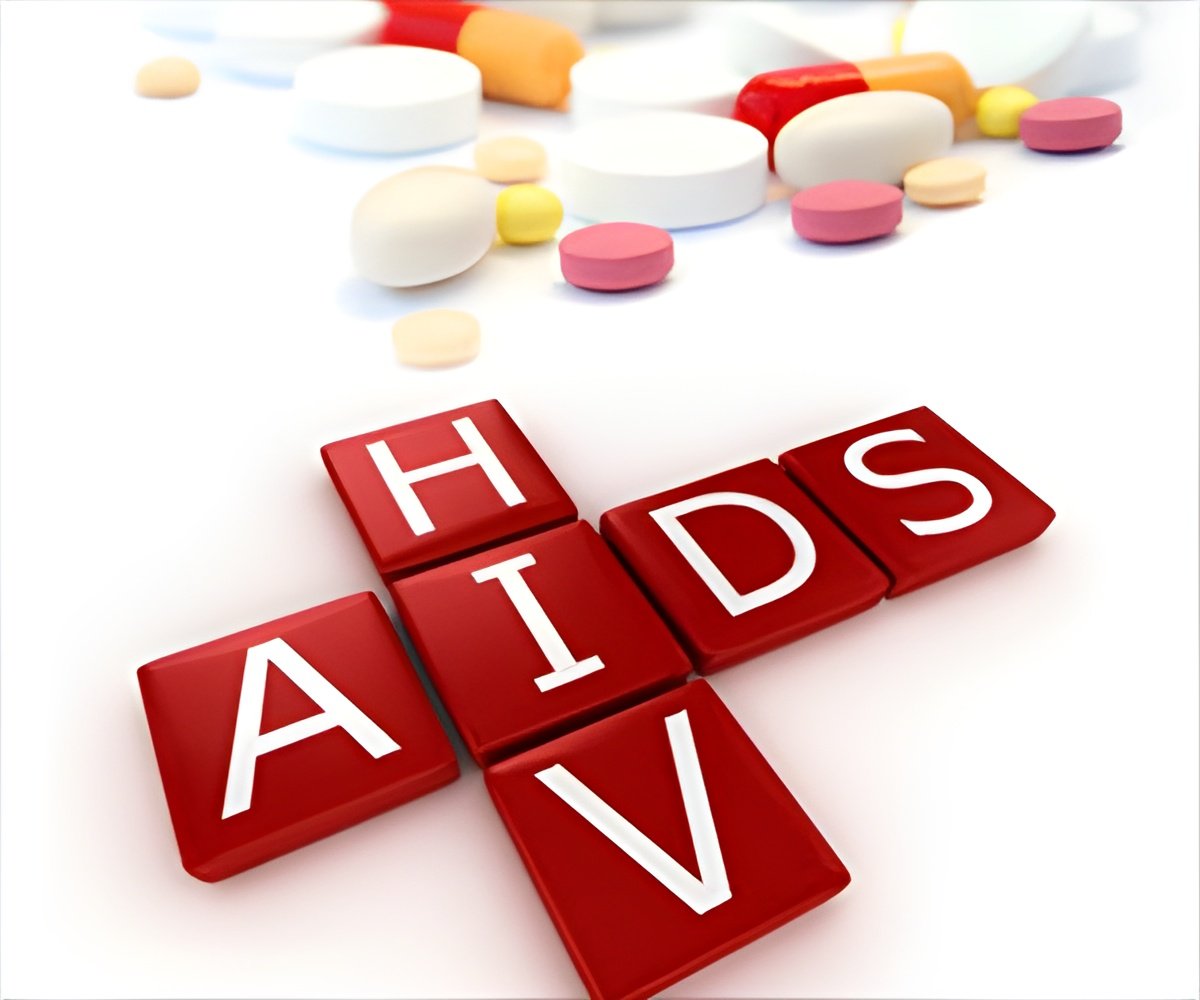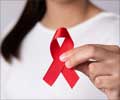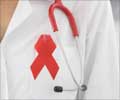Resistance develops to protease inhibitors following their use in second-line treatment for HIV. In a study, darunavir did not develop any resistance during the treatment period.

Treatment for HIV infection is started using the first-line drugs before the CD4 cell counts drop to less than 200 cells/µL or when they range between 200 and 350 cells/µL with an AIDS-defining illness. If resistance develops to the first-line drugs, the patient is shifted on to a second-line regimen. Those who develop resistance to these drugs as well will require a third-line regimen.
Due to lack of plasma viral load monitoring facilities in India, resistance to the first-line drugs is detected late, resulting in a large number of resistant viruses. These patients are then started on a protease-inhibitor based regimen, which consists of ritonavir-boosted protease inhibitors like atazanavir, saquinavir, lopinavir or indinavir, in combination with two nucleoside reverse-transcriptase inhibitors (NRTI). (In ritonavir-boosted regimens, low doses of ritonavir are added to improve the effect of the protease inhibitor in the regimen).
The HIV virus can develop resistance to the protease inhibitors due to mutations on the protease enzyme. Exposure to a particular protease inhibitor results not only in resistance to the particular drug; it also results in resistance to all other protease inhibitors as well.
A study was conducted at YRG Centre for AIDS Research and Education (YRG CARE), Voluntary Health Services (VHS), Chennai to study the patterns of protease resistance mutations in South Indian patients who had received protease inhibitors as a part of second-line treatment for HIV infection.
The study was carried out in 107 HIV positive patients whose first-line treatment has failed and who received second-line ritonavir- boosted protease inhibitors for more than 6 months. HIV genotyping was done in those with a plasma viral load of more than 2000 copies/mL.
A total of 77 patients showed a detectable viral load in the plasma. Sequencing was done in 45 of these samples. Among these, protease inhibitor mutations were observed in 73% patients, NRTI mutations in 91% patients, NNRTI mutations in 73% patients and both NRTI and NNRTI mutations in 66.7% patients. Resistance to all the three classes of drugs was seen in 53% patients.
All the 45 sequences were susceptible to the protease inhibitor darunavir. Though some mutations to darunavir were noted in the study, none of the patients had more than 3 darunavir resistance mutations, which is necessary to confer resistance to the drug. The next protease inhibitor with least resistance of 2% was tipranavir. Resistance to other protease inhibitors ranged between 47% and 60%.
The study indicates that mutations to protease inhibitors occur in majority of patients receiving second-line treatment for HIV infection. Resistance to darunavir is the least; thus, with limited other options available, it may be preferred in third-line treatment for HIV infection in India.
Reference:
1. Shanmugam Saravanan et al. Viremia and HIV-1 Drug Resistance Mutations Among Patients Receiving Second-Line Highly Active Antiretroviral Therapy in Chennai, Southern India. Clinical Infectious Disease DOI: 10.1093/cid/cir967
Source-Medindia














